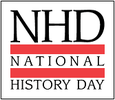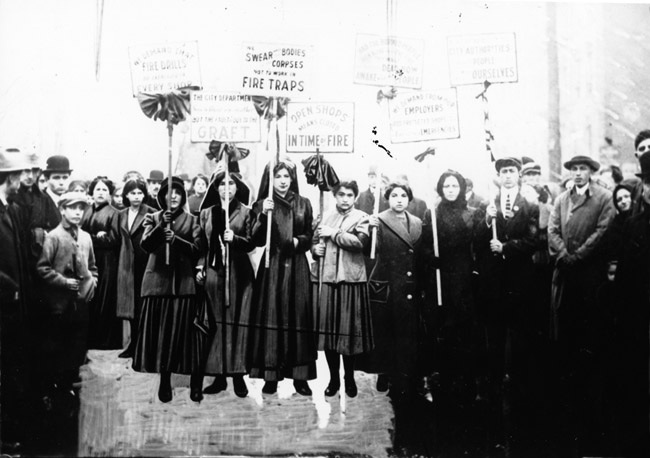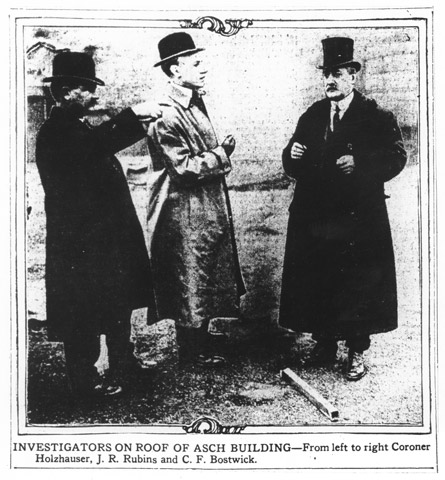Protests
|
Protesters marched through harsh conditions in order to raise support. They wanted to improve the unsafe factory conditions in all shops. To put an end to these "fire traps", these protesters pushed for fire drills and stronger fire equipment; such as fire escapes and sprinklers, in the shops.
|
From Cornell University
|
Reforms Led the Way and Left a Legacy
"You must have a meeting. The citizens must take action about this. The citizens must do something and to start the ball rolling I will contribute $25,000 now and others will give more to start it. We must stop it. We must make sure that this kind of thing can never happen again in New York City, in New York State," |
Mr. R. Fulton Cutting, although sick in bed, began to advocate for reforms. An immediate response was the meeting at the Metropolitan Opera House. Many inspirational speakers spoke that night. At the end of the meeting it was decided that a committee was to be set up and investigate all the cases of unsanitary, unsafe, and overall bad working conditions.
|
|
|
CBS remembers the reforms that followed the Triangle fire.
"There is also a special committee appointed by the Governor, the commission consisting of four lay members and seven Senators and Assemblyman, with the purpose of investigating factory conditions as to their relation to safety and health." |
When the special commission talked to Al Smith, they realized that unless the legislature appointed the committee, they wouldn't pay any attention to it. The New York legislature agreed to appoint a committee, with two citizen representatives. Eventually, in 1915; after years of factory investigations, the commission laid everything out for the legislature.
|
|
The very first legislative response to the fire was in October 1911 a Bureau of Fire Prevention was created to end confusion over the responsibilities of various city departments and agencies for inspections, codes creation, and enforcement. This bureau was created to investigate fire safety in factories, and to enforce it.
|
From Cornell University
|
"The consideration of the fire hazard problem is divided into two parts: |
|
Like the report to the left, many others were used as evidence in order to gain legislative support for the passage of laws to make working conditions safer for everyone. Without the reformers push for better conditions, the workers' safety would have been delayed.
|



